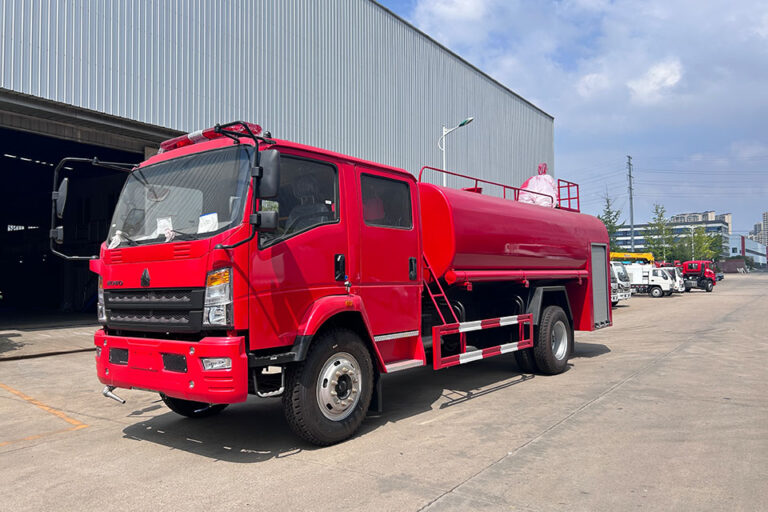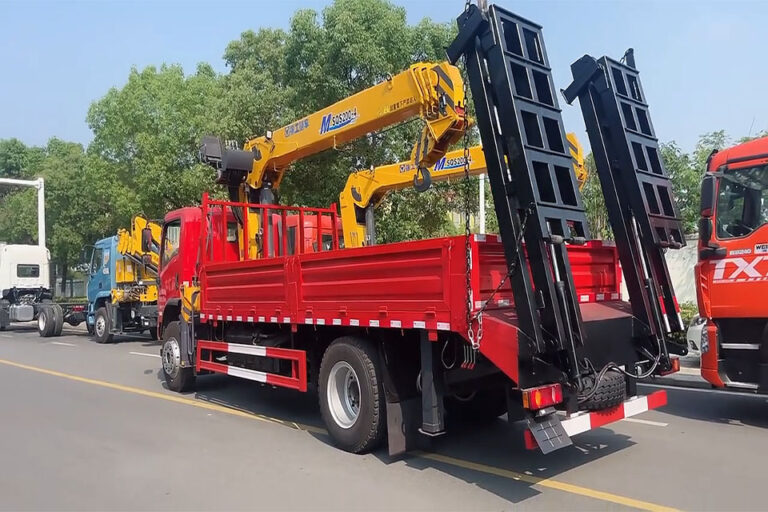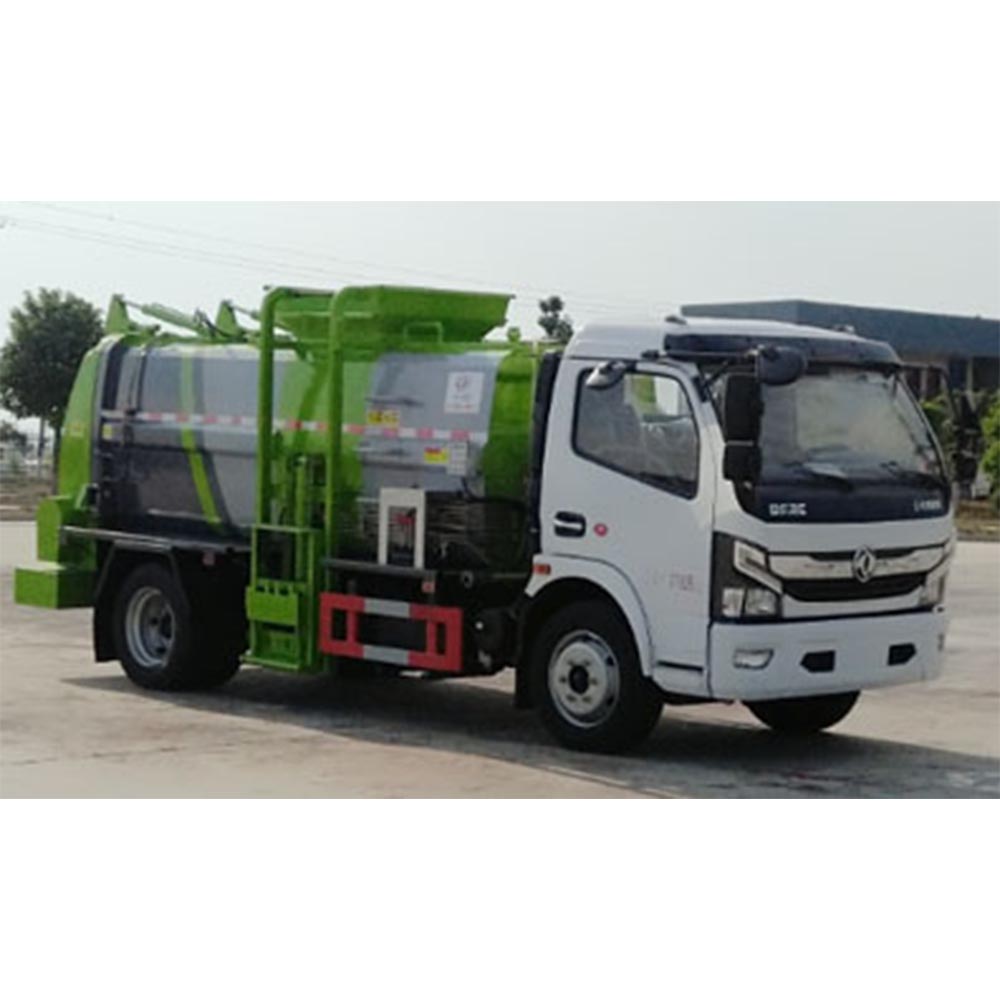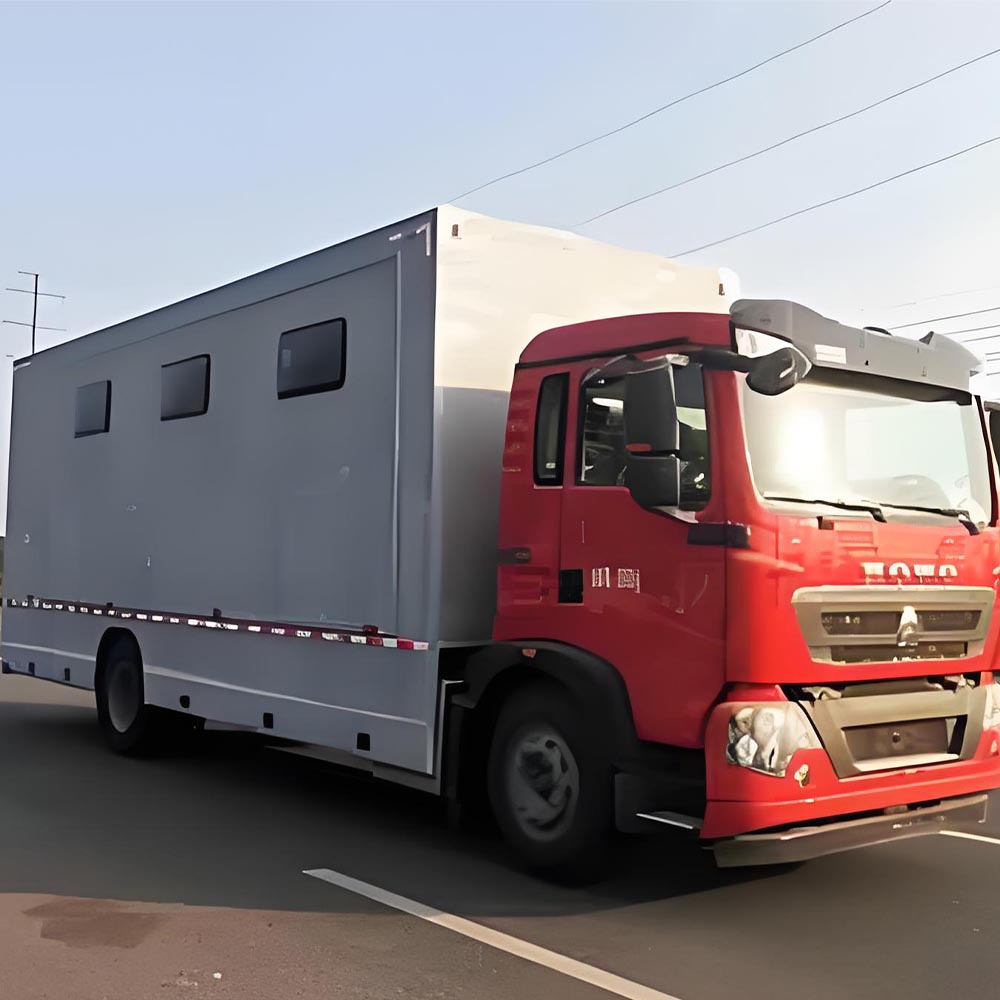-
Chengli Automobile Industry Park
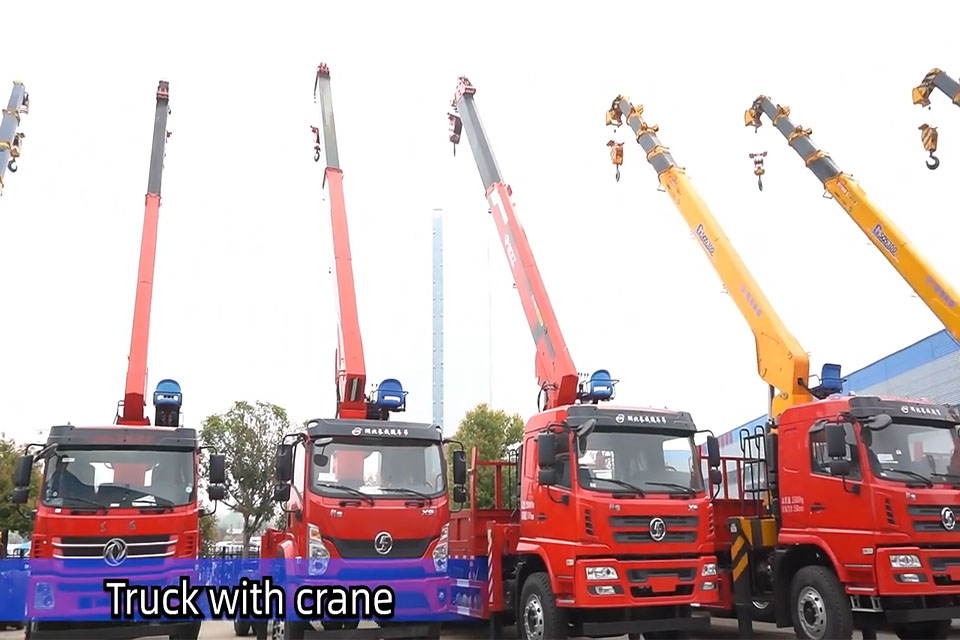
What is the difference between a crane and a boom truck?
Crane vs. Boom Truck: Key Differences & How to Choose the Right One
Are you confused about the difference between a crane and a boom truck? This guide will help you understand what makes each unique and which one you should pick for your job.
Table of Contents
What Are Cranes and Boom Trucks?
Boom Trucks
A boom truck is a commercial truck with a hydraulic crane attached to its chassis. These trucks have a hydraulic arm that can move up and down. You can drive them on regular roads just like other trucks.
Key parts of a boom truck:
- Hydraulic boom that can reach up and over things
- Commercial chassis that is easy to drive
- 360-degree rotation capability
- Outriggers for stability
Cranes
A crane is a big lifting machine made to pick up heavy loads. There are many types of cranes for different jobs. Some cranes stay in one spot, while others can move around.
Types of cranes include:
- All-terrain cranes
- Rough terrain cranes
- Tower cranes
- Hydraulic cranes
- Lattice boom cranes
Big Differences Between Cranes and Boom Trucks
Lifting Power
| Machine | Lifting Ability | Best For |
|---|---|---|
| Boom Truck | Under 50 tons | Light to medium loads, utility work |
| Crane | 50 to 600+ tons | Heavy construction, industrial projects |
Cranes can lift much heavier things than boom trucks. If you need to move very heavy items, a crane is your best choice.
Crane vs. Boom Truck: Key Differences
Lifting Capacity
Mobility & Cost Comparison
Boom trucks are highly mobile (like a regular truck), while many cranes are less mobile and require transport.
Market Growth
Getting Around
Boom trucks are built on regular truck frames, making them easy to drive on roads. They can go from job to job quickly without special permits in many cases.
Cranes, especially big ones, often need special trucks to move them from place to place. Some large cranes must be put together at the job site.
Cost to Use
The boom truck market is growing fast – expected to reach $7.29 billion by 2030, showing how popular these more affordable options are becoming.
Renting a boom truck costs about 30-50% less than renting a big crane. This makes boom trucks a good choice for smaller jobs where saving money matters.
When to Use Each One
Pick a Boom Truck When:
- You need to lift light to medium loads (under 50 tons)
- You need to move quickly between job sites
- You’re working in urban areas with tight spaces
- You need to do tree trimming or sign installation
- You want to save money on your project
Pick a Crane When:
- You have very heavy loads (over 50 tons)
- You need to reach extreme heights
- You’re working on a big construction site
- You need extra stability for precise lifting
- You have a long-term project
Real-World Examples
NYC Permit Example: In New York City, boom trucks are often chosen for urban projects because they need fewer permits and can navigate city streets better than large cranes.
Energy Sector Projects: All-terrain cranes handling 65-600 ton loads are used for setting up wind turbines and large industrial equipment.
Safety Rules
Both machines need trained operators, but cranes have stricter certification requirements.] The Occupational Safety and Health Administration (OSHA) has rules for both, but crane operators need special training.
Market Trends
After COVID-19, the boom truck market is bouncing back. Experts predict more demand for boom trucks in 2025, especially in precast concrete and electric utility industries.
How to Choose the Right Equipment
Ask yourself these questions:
- How heavy is what you need to lift?
- How high do you need to reach?
- How much space do you have to work in?
- How long will you need the equipment?
- What is your budget?
Special Features to Consider
Boom Truck Features:
- Telescopic boom sections
- Hydraulic outriggers for stability
- Remote operation capabilities
- Truck-mounted design for mobility
Crane Features:
- Counterweights for balance
- Lattice boom options for extreme heights
- Specialized attachments for different loads
- High weight capacity for industrial use
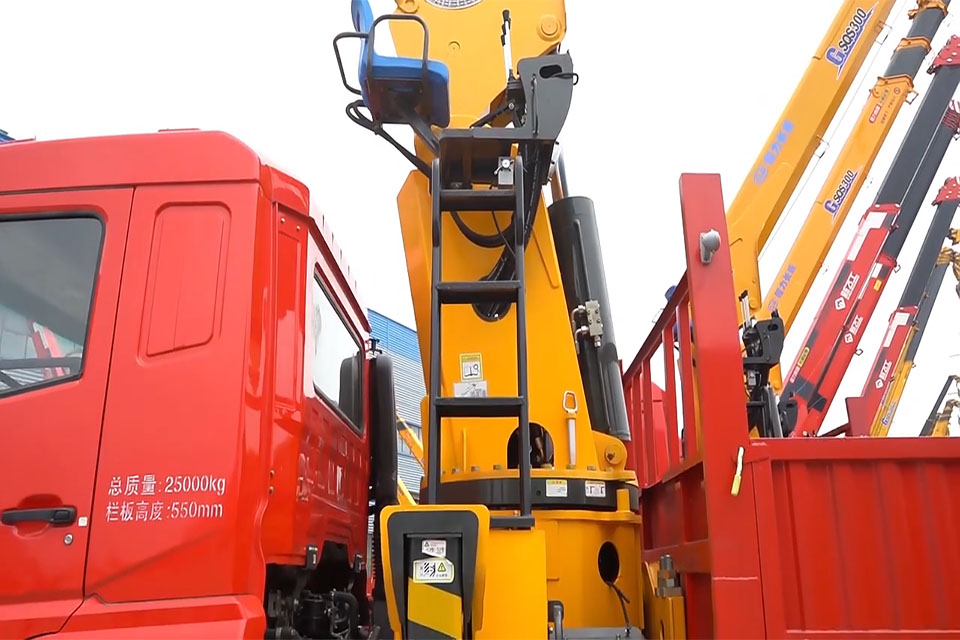
Summary: Making Your Choice
The main difference between a crane truck and a boom truck is their design, lifting power, and mobility. Boom trucks are more versatile and cost less, but can’t lift as much as cranes. Cranes can lift massive loads but cost more and are harder to move around.
For most construction sites and utility work, a boom truck may be all you need. For major industrial projects or high-rise construction, you’ll likely need a full crane.
When in doubt, talk to a mobile crane specialist who can help you pick the right equipment for your specific job.
Looking for other lifting solutions? Check out our guide on semi-trailers that can help with your transportation needs.


